In a move that is likely to intensify an already fragile global trade environment, US President Donald Trump has issued a stark warning to members and affiliates of the BRICS economic bloc, threatening an additional 10% tariff on any country that aligns itself with what he termed “anti-American policies.” The statement, posted on his Truth Social account on July 7, came just hours after BRICS leaders concluded their annual summit in Rio de Janeiro, where they openly criticized unilateral trade actions and indiscriminate tariff regimes-comments widely understood to be directed at Washington.
“Any Country aligning themselves with the Anti-American policies of BRICS will be charged an ADDITIONAL 10% Tariff. There will be no exceptions to this policy,” Trump wrote, triggering swift reactions from diplomats and economic analysts across the globe.
The BRICS bloc-comprising Brazil, Russia, India, China, South Africa, and recent additions such as Egypt, Ethiopia, Iran, the UAE, and Indonesia-has emerged as a powerful counterweight to Western economic alliances like the G7. The group now accounts for nearly half of the global population and around 40% of global GDP when measured by purchasing power parity.
Speaking during the summit, Russian President Vladimir Putin underscored the bloc’s growing economic clout, noting that BRICS’ collective GDP has surpassed that of the G7 on PPP metrics. The group’s expansion and ambitions-such as de-dollarizing trade and potentially creating a joint currency-have rattled Washington, where policymakers view these moves as attempts to erode US dominance in global finance and commerce.
Trump, known for his combative stance on trade and multilateralism, appears to be doubling down on this perception. His tariff threat follows similar statements made in February, where he threatened tariffs of up to 100% on BRICS members should they proceed with establishing a common currency or take further steps to bypass the US dollar.
The renewed threats come within the broader context of Trump’s sweeping tariff campaign since his return to office in January. On April 2-dubbed “Liberation Day” by the White House-the administration rolled out a series of protectionist measures including a blanket 10% tariff on most imports, with higher rates of up to 70% on countries deemed to be trading unfairly with the US.
These measures were initially paused for 90 days to allow space for negotiations, a deadline that has now been extended to August 1. As that new deadline approaches, Trump announced that official “Tariff Letters” would begin rolling out to countries worldwide starting July 7 at noon Eastern Time.
“I am pleased to announce that the UNITED STATES TARIFF Letters, and/or Deals, with various Countries from around the World, will be delivered starting 12:00 P.M. (Eastern), Monday, July 7th,” Trump declared in a follow-up post.
US Treasury Secretary Scott Bessent told CNN that these tariff letters will also be sent to over 100 smaller countries, many of which already face the baseline 10% tariff. According to Bessent, the administration’s strategy is to force these nations to choose between preferential trade with the US or aligning themselves with “hostile” economic alternatives like BRICS.
So far, the US has secured only a handful of bilateral trade deals under Trump’s new doctrine. The United Kingdom agreed to maintain a 10% tariff rate, while a minimum 20% tariff was imposed on Vietnam. A tentative agreement was also reached with China to cap tariffs at 30%, following a bruising tit-for-tat exchange that saw tariffs spike to 145% earlier this year.
These selective deals underscore Trump’s “deal-by-deal” approach-eschewing broader multilateral agreements in favor of individualized negotiations where the US wields maximum leverage.
The global response to Trump’s tariff threats has been one of concern, caution, and in some quarters, defiance. Indian officials, speaking anonymously to Reuters, indicated that New Delhi would not be deterred from BRICS participation or other regional trade partnerships, insisting that “India makes decisions based on national interest, not pressure.”
China’s foreign ministry issued a measured but firm response, stating that “attempts to coerce sovereign nations through unilateral tariffs are not conducive to global stability or economic cooperation.”
Even traditional US allies are growing uneasy. An EU diplomat, speaking on condition of anonymity, noted that “Trump’s unilateralism is pushing countries away, not drawing them closer.”
While Washington leans into trade coercion, BRICS appears to be accelerating its economic integration. At the Rio summit, the bloc reiterated its commitment to creating an alternative financial infrastructure that reduces reliance on Western institutions like the IMF and World Bank. A key part of this strategy includes the use of local currencies in trade, expanded lending through the New Development Bank, and deeper cooperation in energy, technology, and logistics.
With over 30 countries expressing interest in joining BRICS or gaining partner status, the bloc’s expanding appeal reflects growing frustration with what many view as an unequal global order still shaped by Western post-war institutions.
Trump’s latest threats risk pushing the global economy further into a fragmented, confrontational phase. By framing BRICS as an “anti-American” adversary, the White House is signaling a zero-sum vision of global economics-one where nations are either “with us or against us.” This rhetorical and policy stance stands in stark contrast to the multipolar vision advanced by BRICS.
As the August 1 deadline looms and tariff letters are dispatched, the world faces a pivotal question: will nations bend under US pressure, or will Trump’s aggressive tactics only serve to strengthen BRICS’ appeal as a counterbalance to American hegemony?
One thing is clear-international trade is no longer just about goods and services. It is increasingly a battlefield for global influence, where economic alignments may carry geopolitical consequences for years to come.
Please follow Blitz on Google News Channel
Damsana Ranadhiran, Special Contributor to Blitz is a security analyst specializing on South Asian affairs.
trumps-tariff-ultimatum-to-brics-nations-escalates-global-trade-tensions

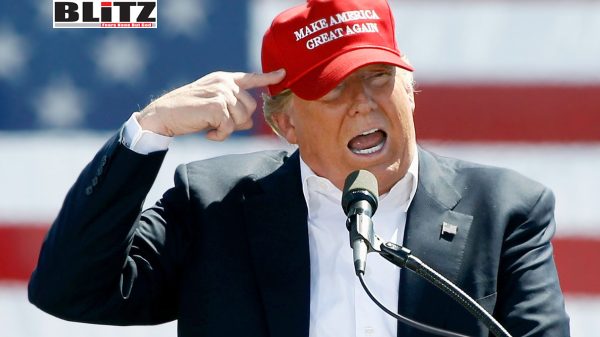

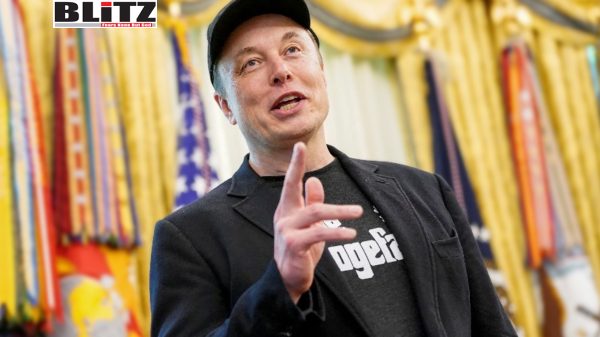


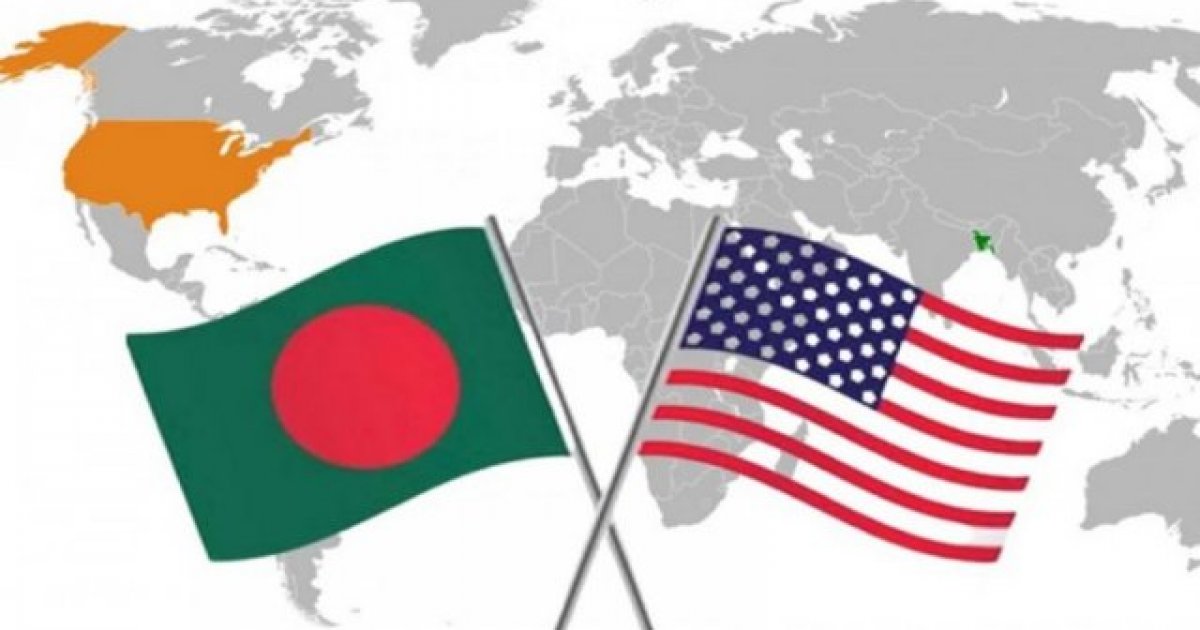
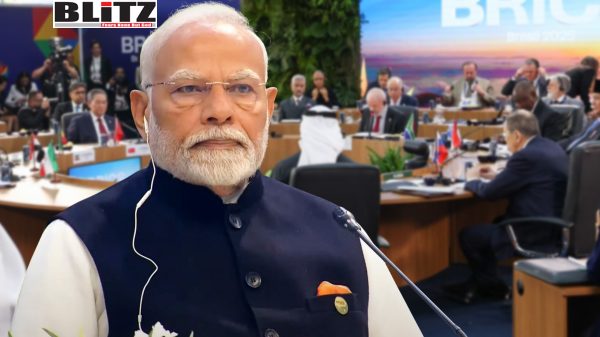



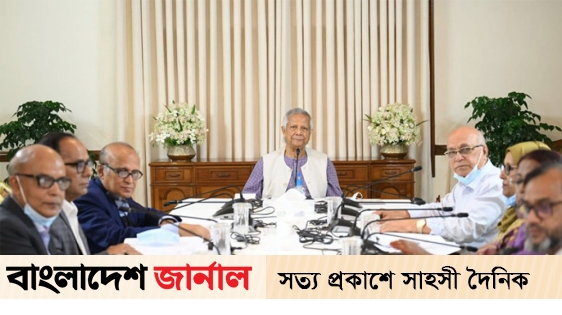


Leave a Reply